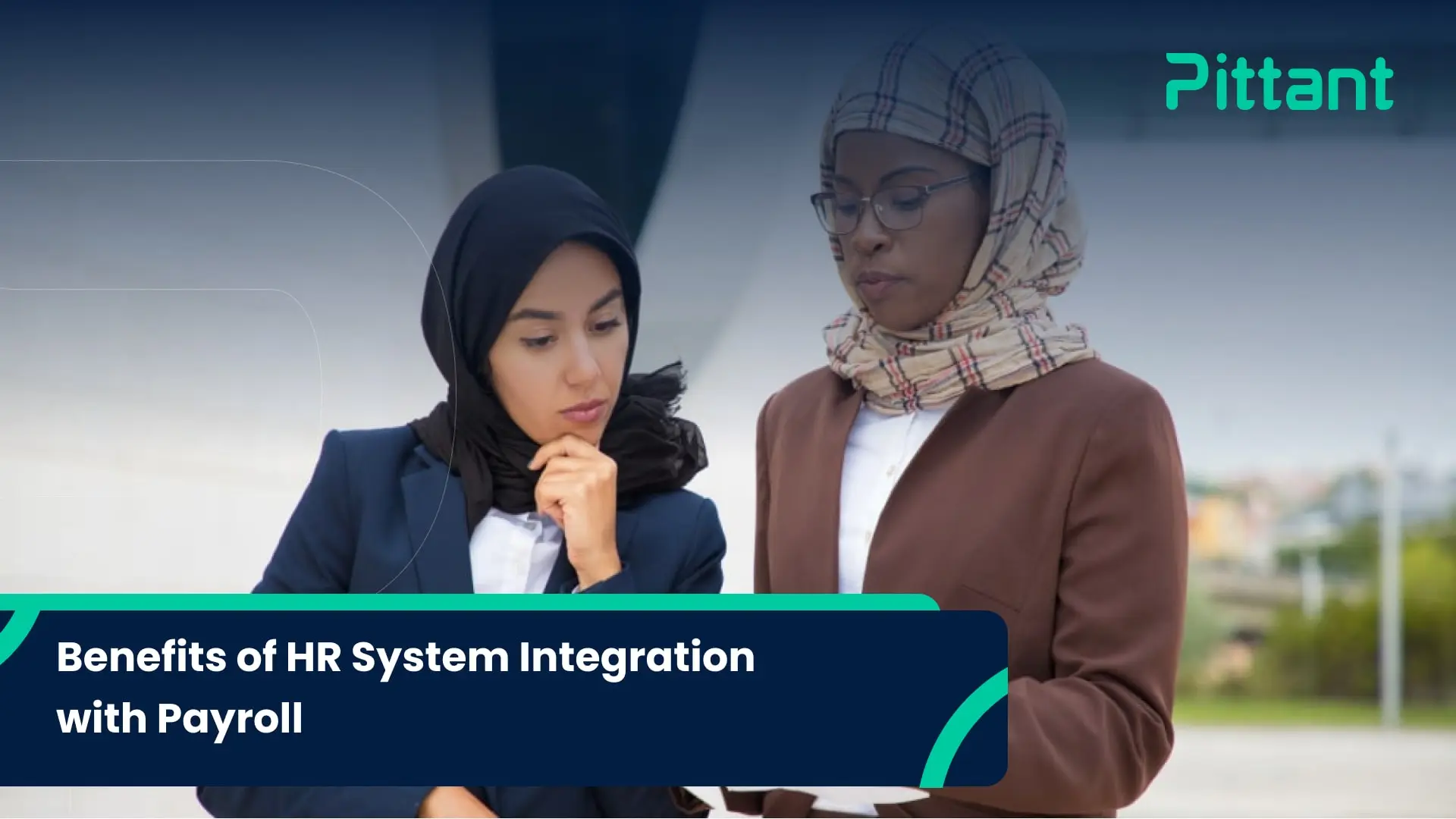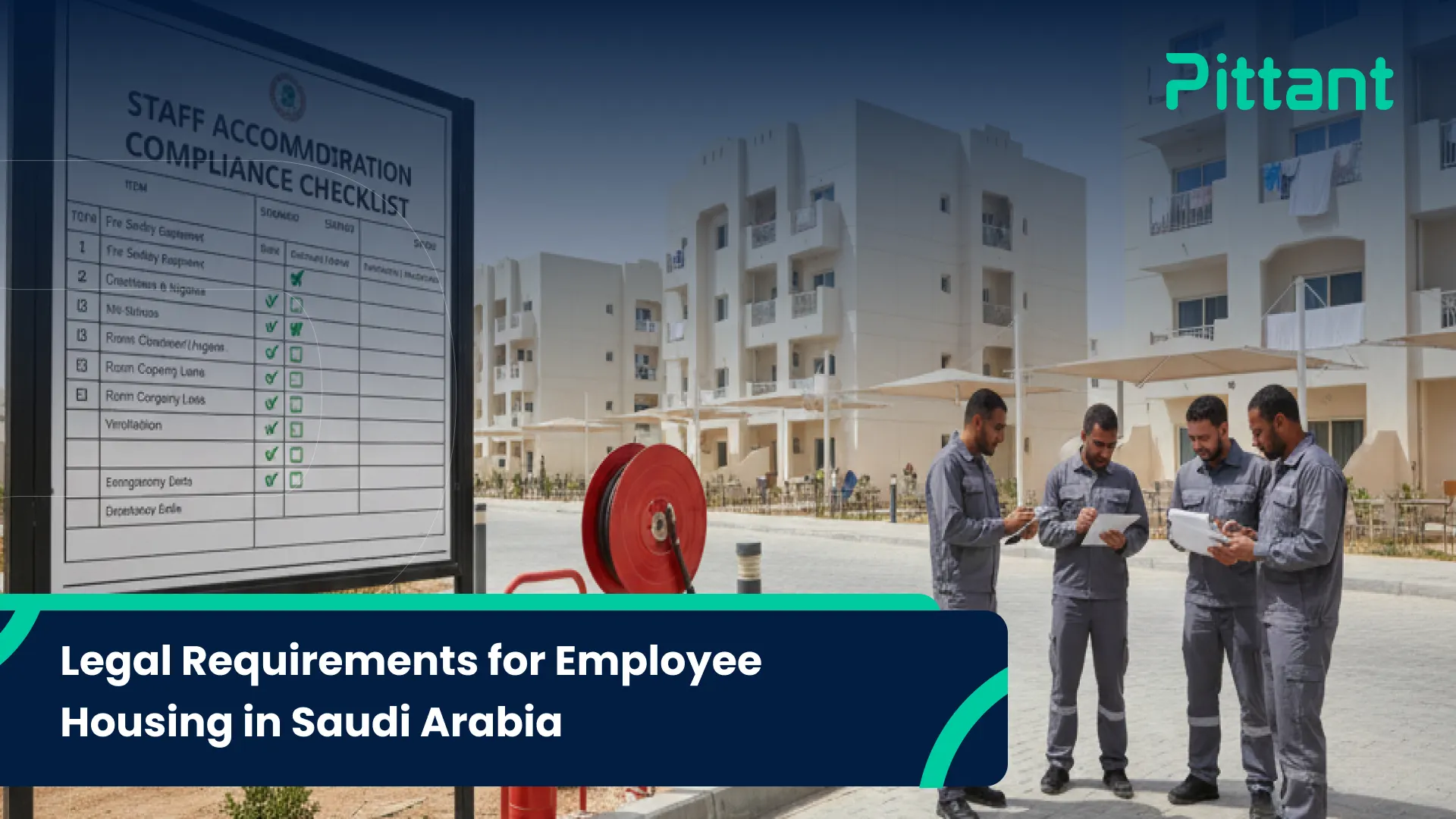Organizations always looking for ways to streamline their operations. It’s a demand in today’s fast-paced business environment. The areas that have seen significant improvement through integration are Human Resources and Payroll systems. Companies can avail of several benefits by utilizing these together. It increases efficiency by combining these two essential functions. Businesses also enjoy accuracy, and compliance simultaneously. As a result, it saves time and money.
You might think what exactly does HR and Payroll integration entail? and how does it benefit businesses? This blog will explore these questions, don’t worry! Highlighting key benefits. We’ll discuss the features to consider when adopting an integrated HR Payroll system. So, let’s move forward.
What is Payroll and HR integration?
The seamless connection of HR management software with payroll systems. The practice is called payroll and HR system integration. This integration allows data to flow automatically between the two platforms. This way, it ensures that:
- Employee information
- Benefits
- Deductions, and
- Payroll calculations
These are all updated in real time. HR and Payroll teams no longer need to manually enter data into systems by syncing these two functions. This reduces the chances of errors and improves overall efficiency.
Is an Integrated HR Payroll System Right for Business?
Absolutely! An integrated HR Payroll system can be an ideal solution. A perfect fit for businesses of all sizes. Be it a small startup or a large corporation. Payroll in HR functions integration simplifies management processes. You can have timely and accurate payroll calculations. It greatly helps businesses stay compliant with ever-changing labor laws.
Integration helps streamline HR and payroll processes for companies with a growing workforce. It saves valuable time and effort. Enabling HR departments to focus on strategic activities rather than administrative tasks.
Benefits of Combining Payroll with HR Tools
Several benefits of combining the HR system with payroll. The following are some of the most significant advantages of Payroll and HR system integration:
Reduced errors and improved accuracy
Error reduction is one of the primary HR payroll benefits. Chances of data entry mistakes are lower with automatic data synchronization between HR and payroll systems. These may contain:
- Incorrect tax calculations
- Wrong deductions, or
- Missed bonuses
This leads to a more accurate payroll process. Ultimately, minimizes the risk of fines or penalties. This may arise due to compliance errors while improving overall trust between the employer and employees.
Saves Time and Effort
Manual data entry into multiple systems can be prone to errors. It’s also a time-consuming task. However, companies can eliminate repetitive tasks with payroll and HR tools integration. This reduces administrative workload and saves time. HR teams can focus on more strategic initiatives like employee development. On the other hand, payroll teams can process payments efficiently. They don’t even have to manually verify data across multiple platforms.
Timely and Precise Employee Information for Payroll Calculations
An integrated HR and payroll software is an ideal solution. Employee records are up-to-date and synchronized in real time with this method. This means that when payroll is processed, all necessary information, such as:
- Working hours
- Salary adjustments
- Benefits, or
- Deductions
They are accurate and ready for payroll calculations. Ultimately, reduces the chances of delays in payments. Guaranteeing that employees are paid correctly and on time.
Exceptional User Experience through Single Sign-on
A more convenient and user-friendly experience is reported with integrated payroll systems. It provides to both employees and managers. Workers can access HR and payroll features with a single login with Single Sign-On (SSO) functionality. This streamlines their experience. It greatly enhances employee satisfaction by providing easy access to their payroll information. They can check leave balances and personal details. Even without having to remember multiple logins or passwords.
Enhanced Data Analysis & Comprehensive Reporting System for Management
Integration allows businesses to generate more detailed and accurate reports. Companies can analyze trends with payroll and HR data combined. They can track compensation packages and assess benefits utilization. They can also gain easy insights into employee performance.
Managers can use this data for informed decision-making. These entail forecasting future labor costs or planning compensation strategies. Further, reporting becomes more streamlined and accurate. As a result, it provides a clear picture of the company’s financial and HR operations.
Enhances Compliance with Tax Laws and Additional Regulations
Compliance with tax laws and regulations becomes more manageable with payroll and HR systems integrated. Automated tax calculations, benefits administration, and deductions are some of the benefits. This gives businesses a chance to stay up-to-date with local, state, and national laws. This way, businesses hardly make compliance mistakes. These could lead to costly fines or legal issues. Payroll and HR system integration guarantees that data is always accurate. It helps businesses avoid the risk of non-compliance.
A more efficient approach to managing payroll operations
HR and payroll integration saves time. It also provides a more efficient approach to managing payroll operations. Companies can automate calculations for:
- Salaries
- Taxes
- Benefits, and
- Deductions
Ultimately, it reduces the burden on HR departments while ensuring timely processing. Software automation is a way that make sure that no steps are missed. The approach minimizes the chances of payroll delays or errors. As a result, it leads to smoother payroll cycles.
Key Features to Consider in an Integrated HR Payroll System
Consider the following features when choosing an integrated human resource payroll system:
Automated Data Syncing:
Ensure the system can automatically sync data between HR and payroll without manual input.
Customizable Payroll Reports:
Look for features that allow you to generate customized reports. They are tailored to your organization’s specific needs.
Compliance Tracking:
The system should keep track of ever-changing:
- Tax laws
- Labor regulations, and
- Compliance requirements.
Self-Service Features for Employees:
Employees should have access to an online portal. They can view their pay slips, tax details, and benefits information.
Scalability:
The system should be able to grow with your business. It must accommodate more employees and expand payroll operations as needed.
Cloud-Based Solutions:
Cloud-based payroll systems provide flexibility. It also secures data storage and easy access from anywhere.
Conclusion
Integrated HR and payroll systems are a game-changer. Well-suited for businesses looking to improve efficiency. Enabling them to ensure accuracy and compliance. The payroll and HR system integration eliminates manual processes. Companies can streamline their operations while reducing the chances of errors. This way, employers can enhance employee satisfaction and avoid administrative burdens. Companies can achieve a more accurate and scalable payroll process with its several benefits. Automated features, real-time data syncing, and better reporting capabilities are top benefits that it offers.
Therefore, if you’re a small business or a large enterprise invest in an integrated HR and payroll system. This way, you can stay competitive in today’s fast-paced business environment. Take the assistance of Pittant, the leading HR and payroll integration system provider. No more worries about reaping the benefits of the latest technology when you have professional support on the go!
FAQs:
What is the payroll system integration?
The process of linking payroll and HR systems is termed payroll system integration. The approach ensures seamless data flow between the two. It reduces manual data entry and improves efficiency.
Why is integration important in HR?
Integration in HR ensures:
- Data Accuracy
- Improves compliance
- Reduces errors, and
- Saves time
It allows HR professionals to focus on strategic tasks.
Which technology can integrate payroll with other HR functions?
Cloud-based HR software offers integration between payroll and other HR functions. These softwares include Workday, ADP, or SAP SuccessFactors. They automates processes and improving efficiency.




